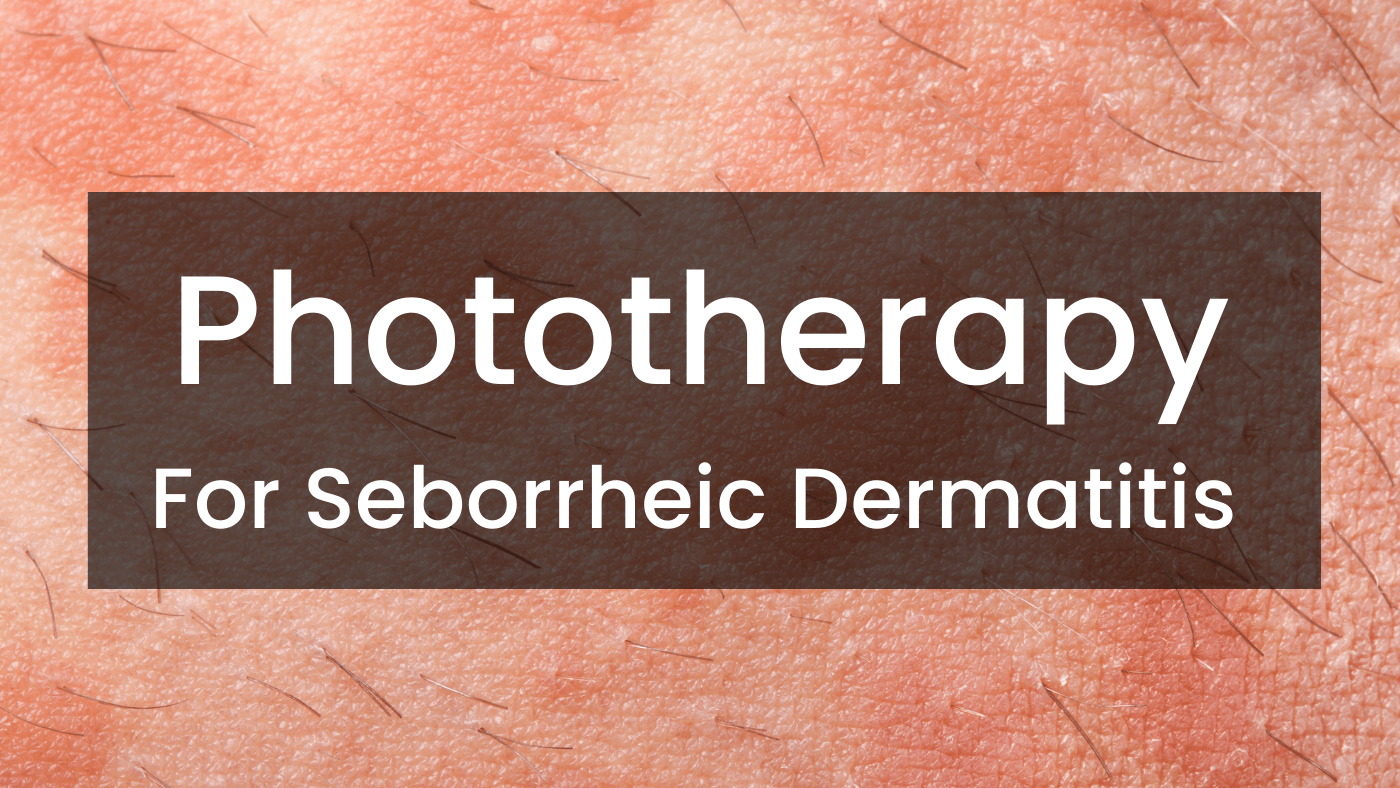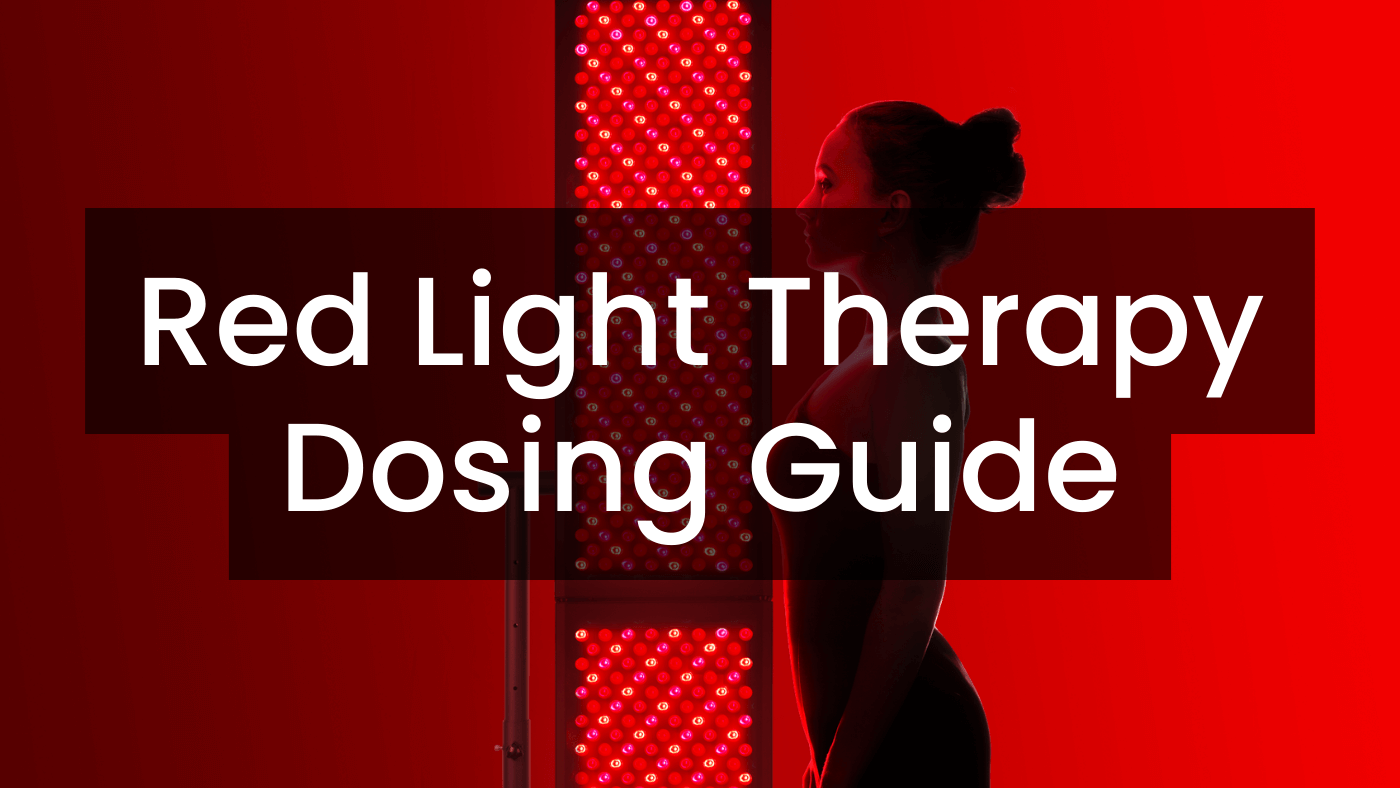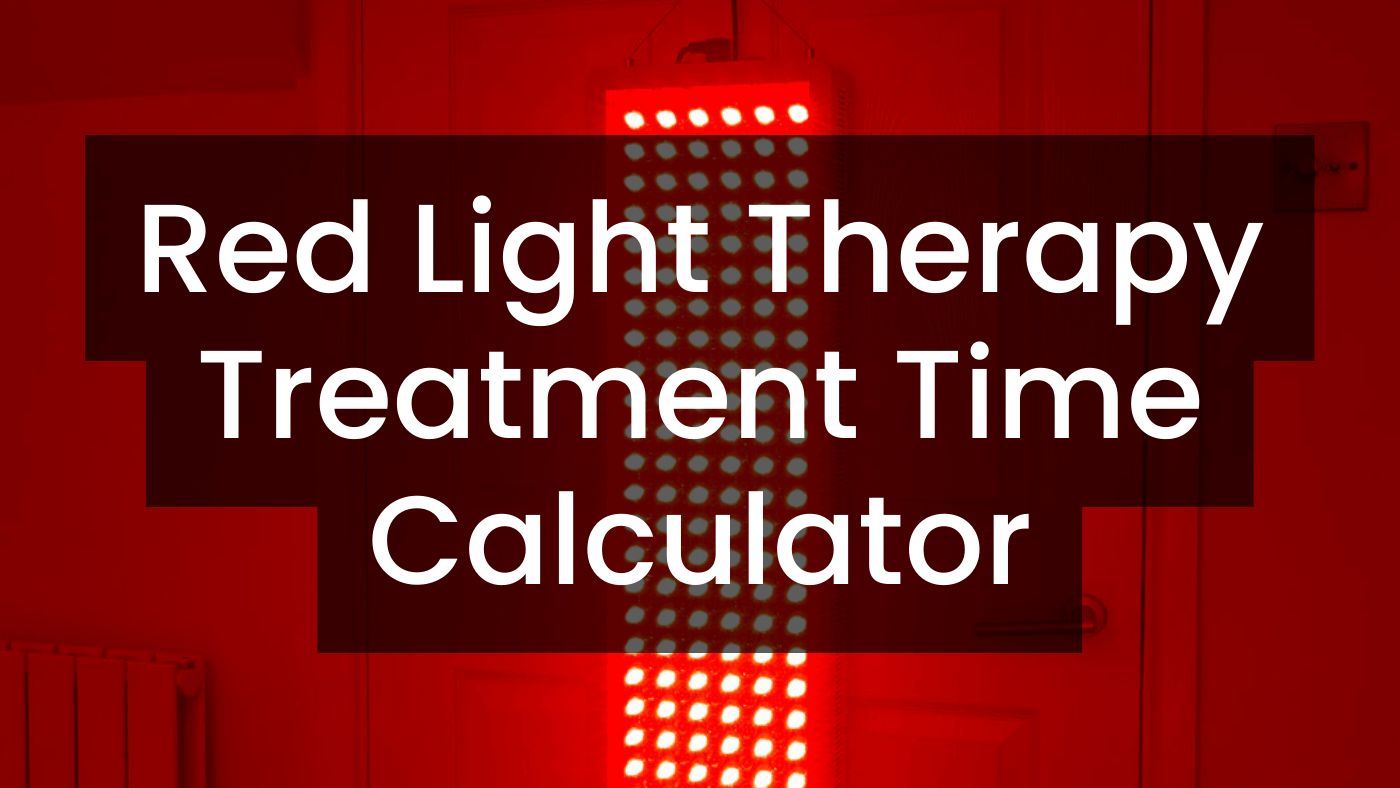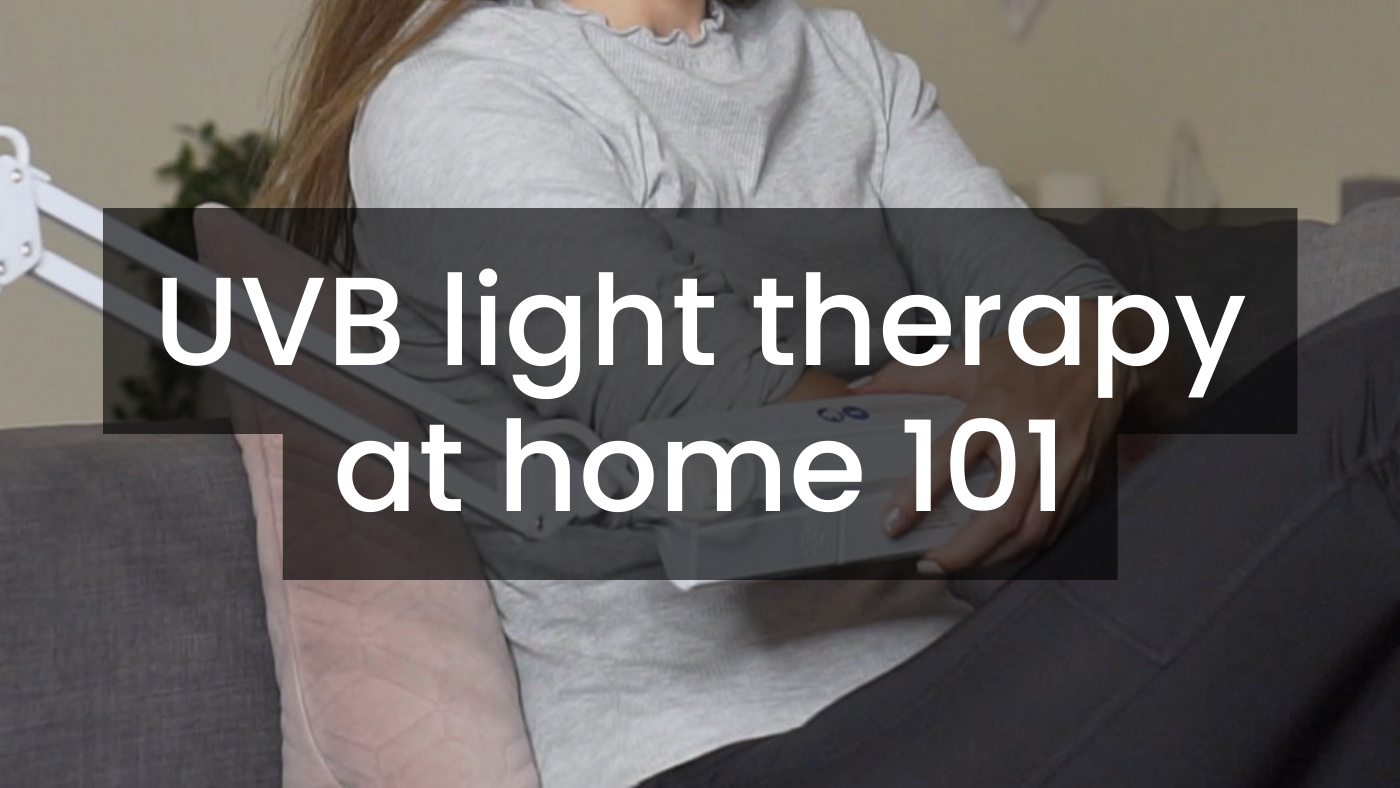Phototherapy for seborrheic dermatitis

Seborrheic dermatitis is a common skin condition that causes flaky, white to yellowish scales to form on oily areas such as the scalp, face, and upper chest. It can also cause redness and itching. Seborrheic dermatitis is not contagious and can affect people of any age, although it is most common in adults. Treatment for seborrheic dermatitis often includes the use of medicated shampoos and creams as well as phototherapy.
What is phototherapy?
Phototherapy, also known as light therapy, is a treatment that uses artificial light for various health conditions. Phototherapy is often used to treat multiple conditions, including skin conditions and vitamin D3 deficiency. You can read more about what phototherapy is and how it works here.
Phototherapy is commonly used as a treatment in hospitals or doctors' offices but can also be done at home using portable phototherapy units.
What is seborrheic dermatitis?
Seborrheic dermatitis is a common scaly rash that occurs in areas of the skin with large numbers of sebaceous (oil) glands like the scalp. According to the National Eczema Society, seborrheic dermatitis affects 1-3% of the population (1).
The exact cause of this condition is not fully understood, but it is thought to result from an overproduction of oil on the skin and an overgrowth of a yeast called Malassezia. This yeast is usually present on the skin, but in individuals with seborrheic dermatitis, it may proliferate excessively, leading to the development of the characteristic symptoms. Additionally, certain factors such as stress, fatigue, and weather changes may exacerbate the condition and cause it to flare up.
Babies often get an acute form of seborrheic dermatitis known as cradle cap. The cradle cap usually clears up without medical intervention.
Can seborrheic dermatitis be treated with phototherapy?
Phototherapy appears effective in treating skin conditions, including some eczemas like seborrheic dermatitis. People may try phototherapy if first-line treatments like topical shampoos or creams do not work or if they prefer not to take medication.
An eight-week study by researchers at the University of Vienna Medical School tested the use of narrow-band ultraviolet B phototherapy on people with severe seborrheic dermatitis. Their study treated patients three times weekly until complete clearing or for two months, whatever came sooner.
Although more extensive studies are needed, this study of eighteen patients found that all patients responded well to treatment, with six showing complete clearance. Plus, no severe side effects were seen (2).
Can I treat seborrheic dermatitis with phototherapy at home?
UVB phototherapy at home may be an alternative to phototherapy treatment at a doctor's office or in a spa.
Interestingly, one study found that at-home phototherapy treatments had similar outcomes to in-clinic treatments (3). Still, more research is needed to say whether at-home treatment is equal to in-clinic treatment conclusively.
But, at-home phototherapy treatment can save time and money and be more convenient. At Care Lamps, we provide a medically certified Derma UVB Narrowband Phototherapy Lamp for home use for individuals with seborrheic dermatitis. Our lamp has full setup and treatment instructions for you to use at home confidently.
How long does it take for phototherapy to work on seborrheic dermatitis?
The duration of phototherapy treatment required for seborrheic dermatitis varies depending on a range of factors such as the severity of dermatitis, the individual's skin type and sensitivity.
Speak with a healthcare professional to determine your correct phototherapy treatment schedule. Ensure you leave sufficient time between treatments to prevent any irritation. Our phototherapy lamps for use at home come with an instruction manual too.
In some cases, even after phototherapy has successfully cleared up the affected area, regular maintenance treatments with UVB phototherapy may be necessary to prevent future flare-ups.









Leave a comment